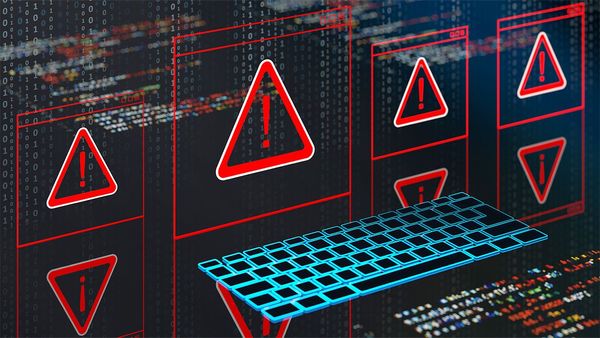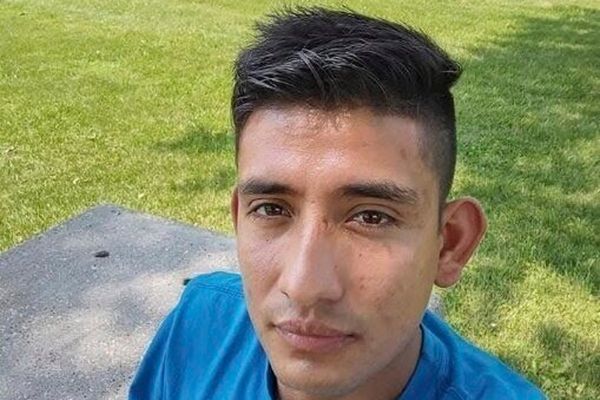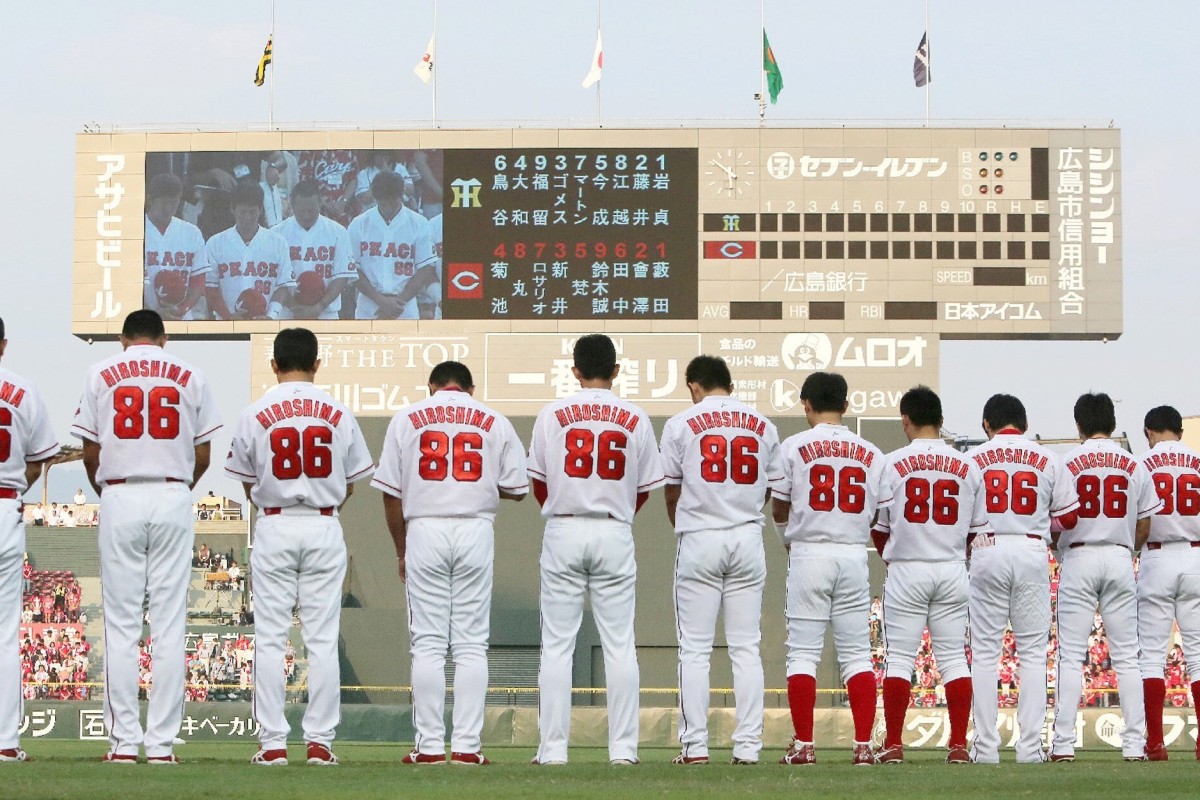
At 8am every August 6, a ceremony is held in Hiroshima’s Peace Memorial Park to mark the anniversary of the world’s first atomic bombing.
To the outside world, the Peace Memorial Park embodies the Japanese city’s post-war reconstruction, an oasis of tranquil parkland and memorials that, in normal times, attracts thousands of tourists daily.
They come to pay their respects at the epicentre of the bombing 75 years ago that claimed 140,000 lives.
However, for the people of Hiroshima, it could be argued that the real symbol of the city’s reconstruction lies not within the park but just across the street from the Genbaku Dome, on a site where once stood the first dedicated stadium of the city’s baseball team, Hiroshima Toyo Carp.
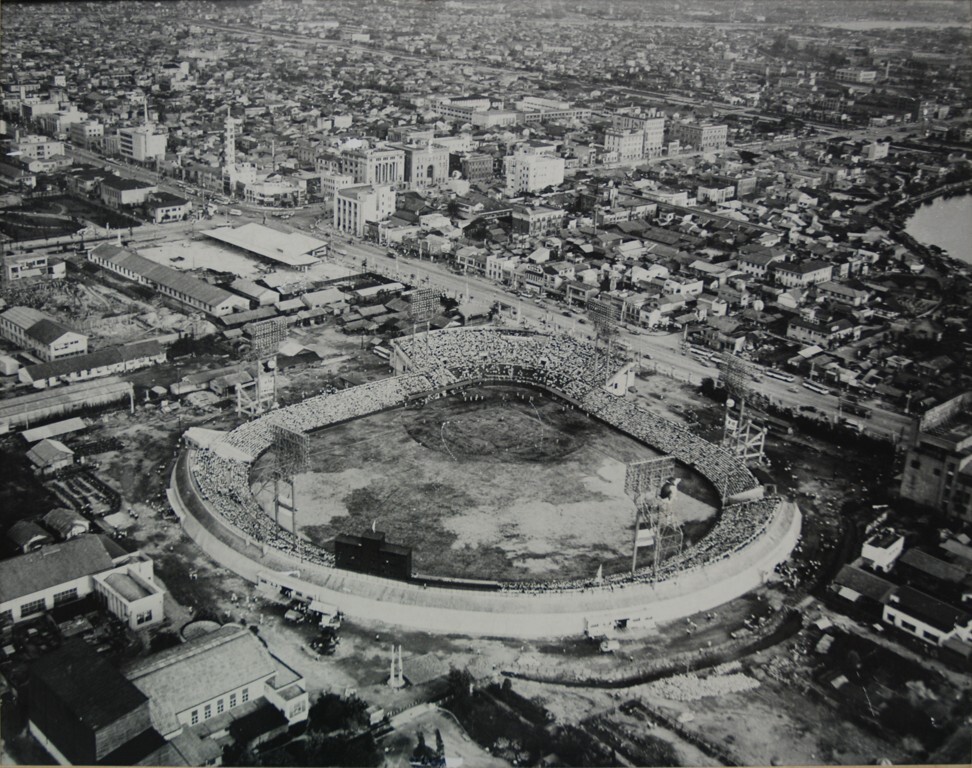
“If you visit Hiroshima, be ready to talk about baseball,” says Lauren Shannon, of Arigato Japan, who designed the company’s Hiroshima food tours. “Everywhere you go, whether it’s a little tobacconist or a fruit stall on the street corner, you’re probably going to see autographed posters of the Carp because the elderly female shop owner goes to all the games. Being ready to embrace Hiroshima’s baseball team is one of the best tips I can give you for visiting the city.”
Professional baseball teams are found in other Japanese cities, of course, but the pluck Hiroshima showed as it rose from the ashes of war is mirrored in the history of the local team and their fans.
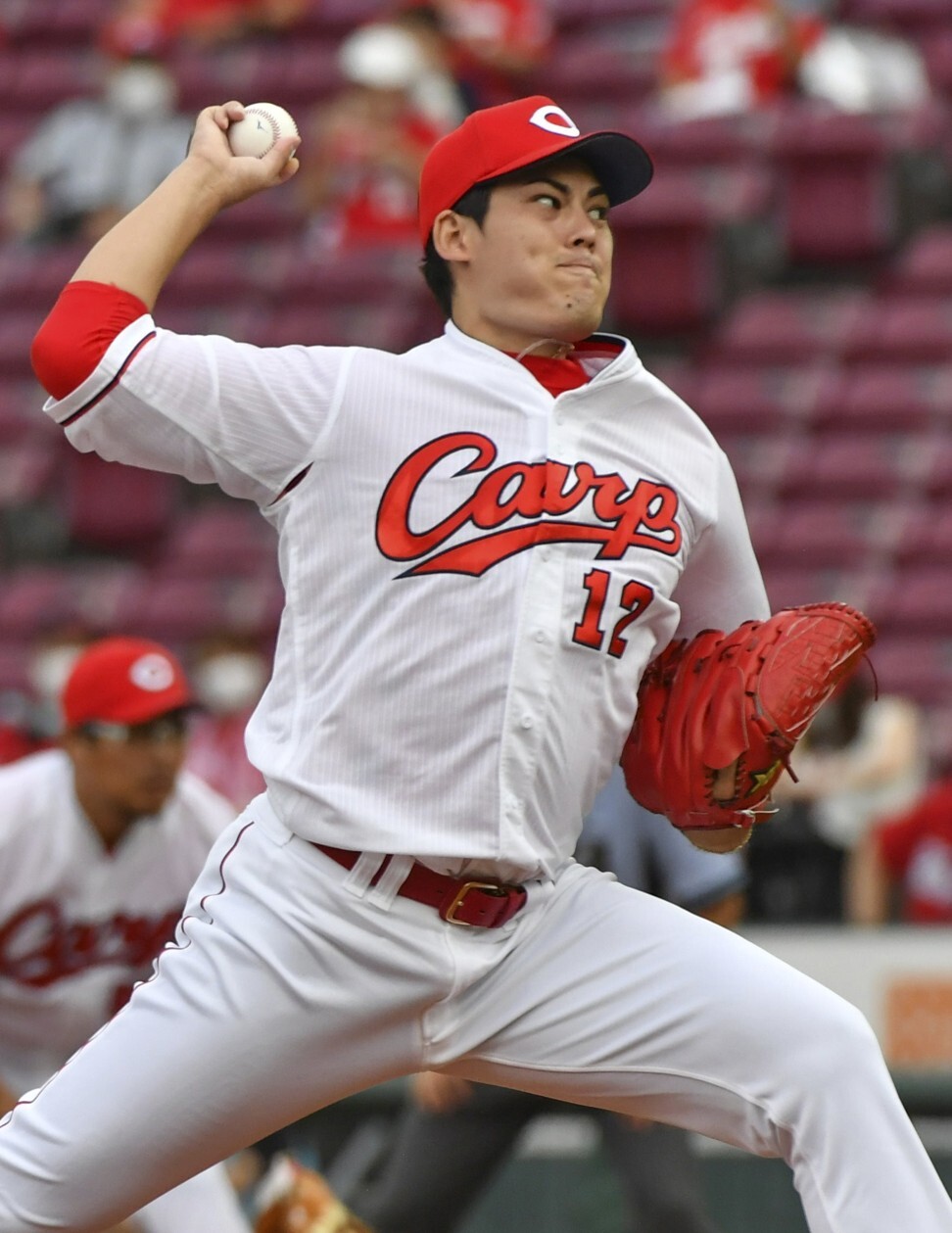
According to Norifumi Fujimoto, a professor at the city’s Fukuyama University, sports historian and author of several books on the baseball team, they were formed on January 15, 1950, as Hiroshima Carp, at the request of the citizens.
“They were looking for something to give them hope and rally behind following the atomic bombing,” he explains. “Back in 1950, baseball was becoming popular but there wasn’t any money in it yet, and without a parent company like a newspaper or railway to provide strong financial backing, like other teams had, it was obvious that the Hiroshima Carp were going to have money problems from the start.”
Sure enough, in the early days, the players often experienced a delay in receiving their salaries and there wasn’t even money to buy uniforms, let alone for the team to travel to away games.
If you visit Hiroshima, be ready to talk about baseball - Lauren Shannon, of Arigato Japan
In 1951, the team found themselves on the verge of bankruptcy and the Carp management agreed to merge with another team, the Taiyo Whales, who had secured financial support from a whale fishing company.
“It was all set to go ahead, but somehow reports of the merger got leaked to a local newspaper,” Fujimoto says. “The citizens found about it and rushed to the executives, begging them not to go ahead with the plan.” The management called off the merger and the fans began fundraising.
“There’s a town in Hiroshima called Saijo, which is famous for sake brewing,” Fujimoto explains. “The Hiroshima police brought empty sake barrels from Saijo, placed them in front of the baseball stadium, and fans would deposit banknotes into them after games.”
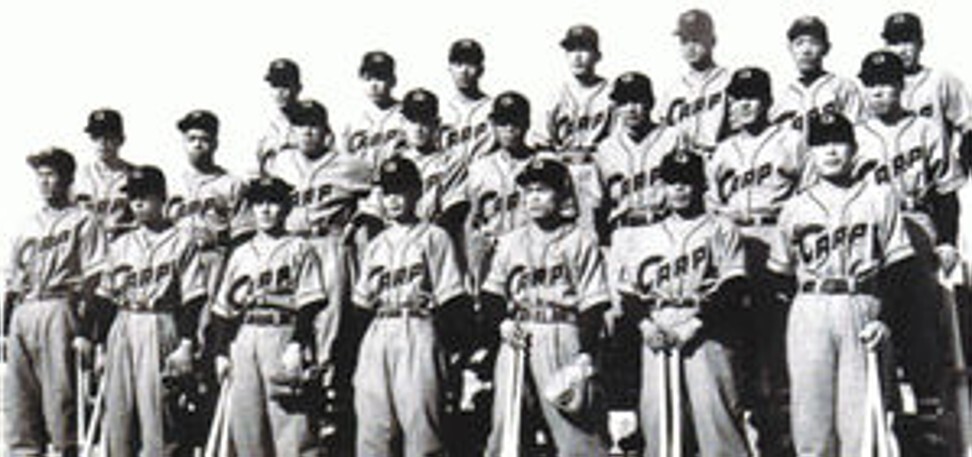
These donations alone were not enough to save the team, but they became an important symbol of the support and fighting spirit displayed by the people of Hiroshima, at a time when money was scarce and many were still suffering greatly from the effects of the war and atomic bomb. The sake barrels that were used to collect the donations are now on display in Saijo.
The Carp’s first manager, Shuichi Ishimoto, was also a journalist and astute businessman. He established fan associations, through which citizens who wanted to support the team bought ownership shares. About 20,000 fans joined these groups.
“Most people in Hiroshima believe that they are part-owners of the Carp because of how the community banded together to save them back in the 1950s,” says Hiroshima-born tour guide Reiko Spicer. “The pride in our team runs deep.”
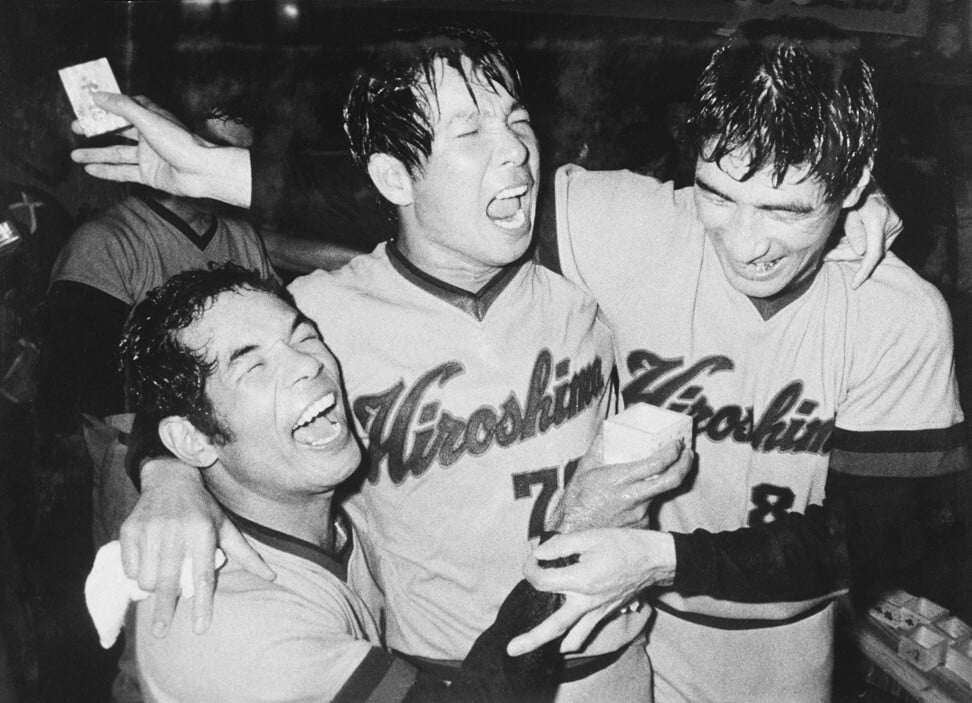
This sense of pride can be felt throughout the city. “There’s a place we take people to on our food tours where the owner is a huge Carps fan; the walls are filled with players’ autographs,” says Spicer. “The owner insists that I explain to our guests who all of the autographs belong to, from the legendary players to the current team line-up. So be prepared, if you go to a restaurant or bar in Hiroshima, you may just have to sit there patiently and listen to some baseball stories for a while.”
Success didn’t come quickly for the Carp after they were bailed out by their fans. They stayed at the bottom of the professional Central League until 1975, when, in true underdog style, they won their first championship.
After a series of golden years came more losing streaks and financial difficulties, but Fujimoto believes that the fact Hiroshima have survived against the odds without a rich owner only adds to their allure: “The Carp may be the only surviving local team in Japan that has such a long history.”
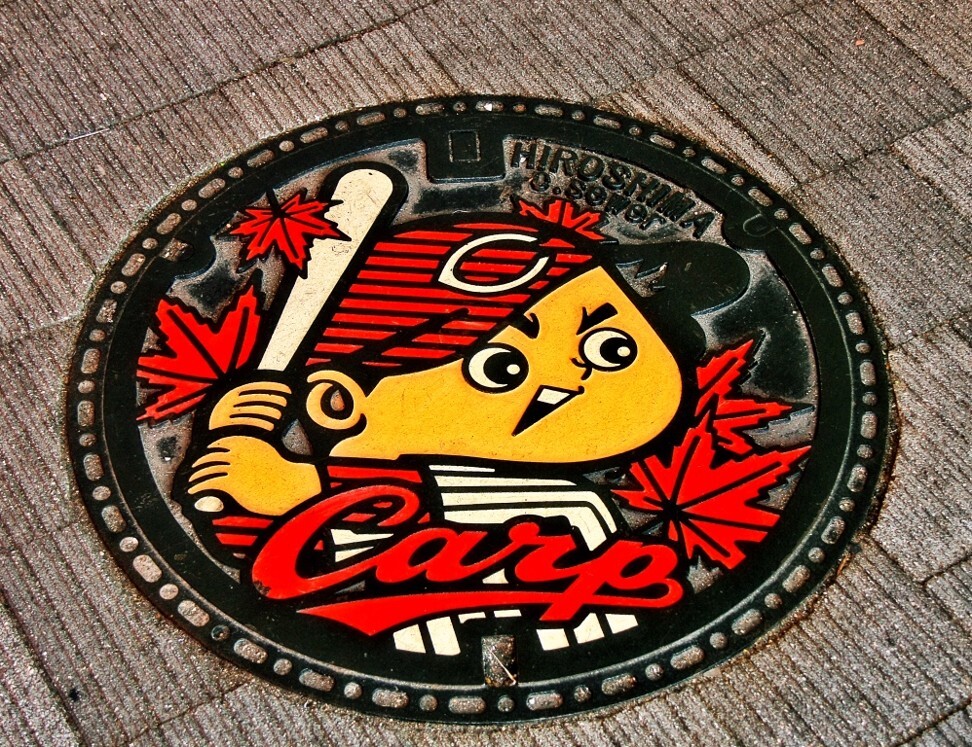
Their ranking may fluctuate – the Carp currently lie fifth in the six-team Central League, in a delayed season that is being played to thinned-out crowds – but, for the people of Hiroshima, the fighting spirit and pride in their team endure.
Although this year’s atomic bombing memorial ceremony has been scaled down because of the coronavirus pandemic and need for social distancing, there is much we can learn from the citizens of Hiroshima: look out for each other, never lose hope that things will get better – and keep on swinging.
Did you know that among the world's top five health care markets, China is the only one growing at double digits? Get a comprehensive industry review and insights on Covid-19 induced market shifts with the China Healthcare Report, brought to you by SCMP Research. for our 50% early bird discount now. You will also receive access to 6 closed-door webinars led by China healthcare’s most influential C-suite executives. Offer Valid until August 10th 2020.


